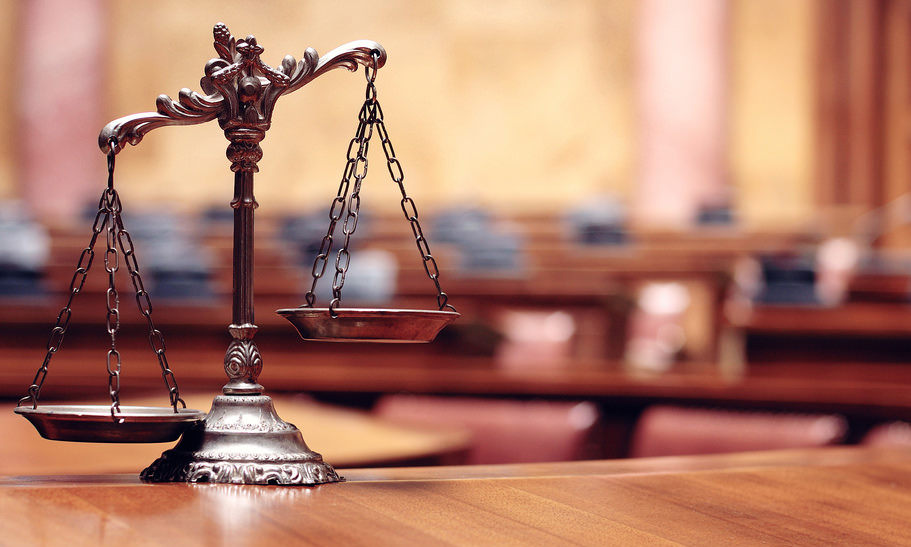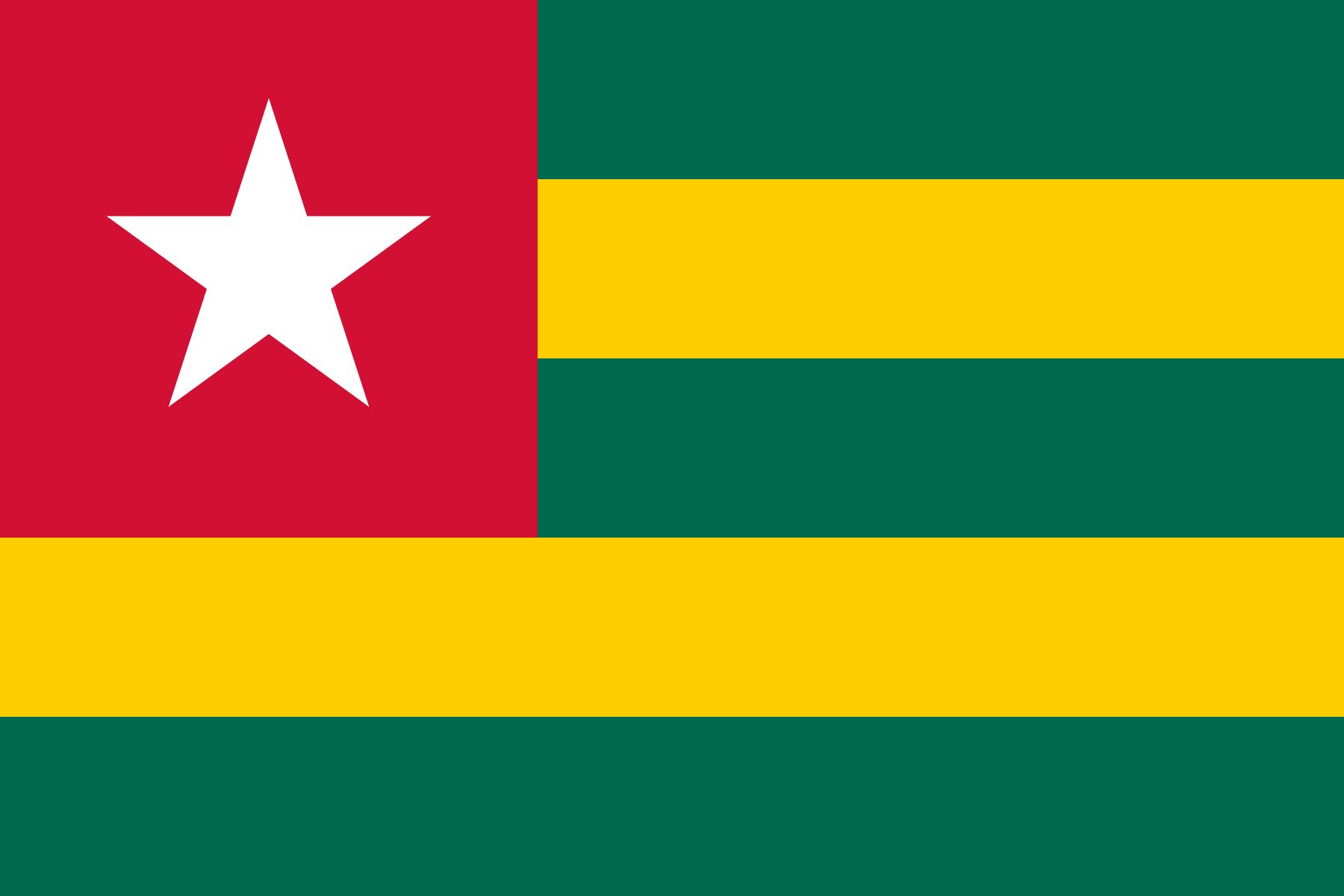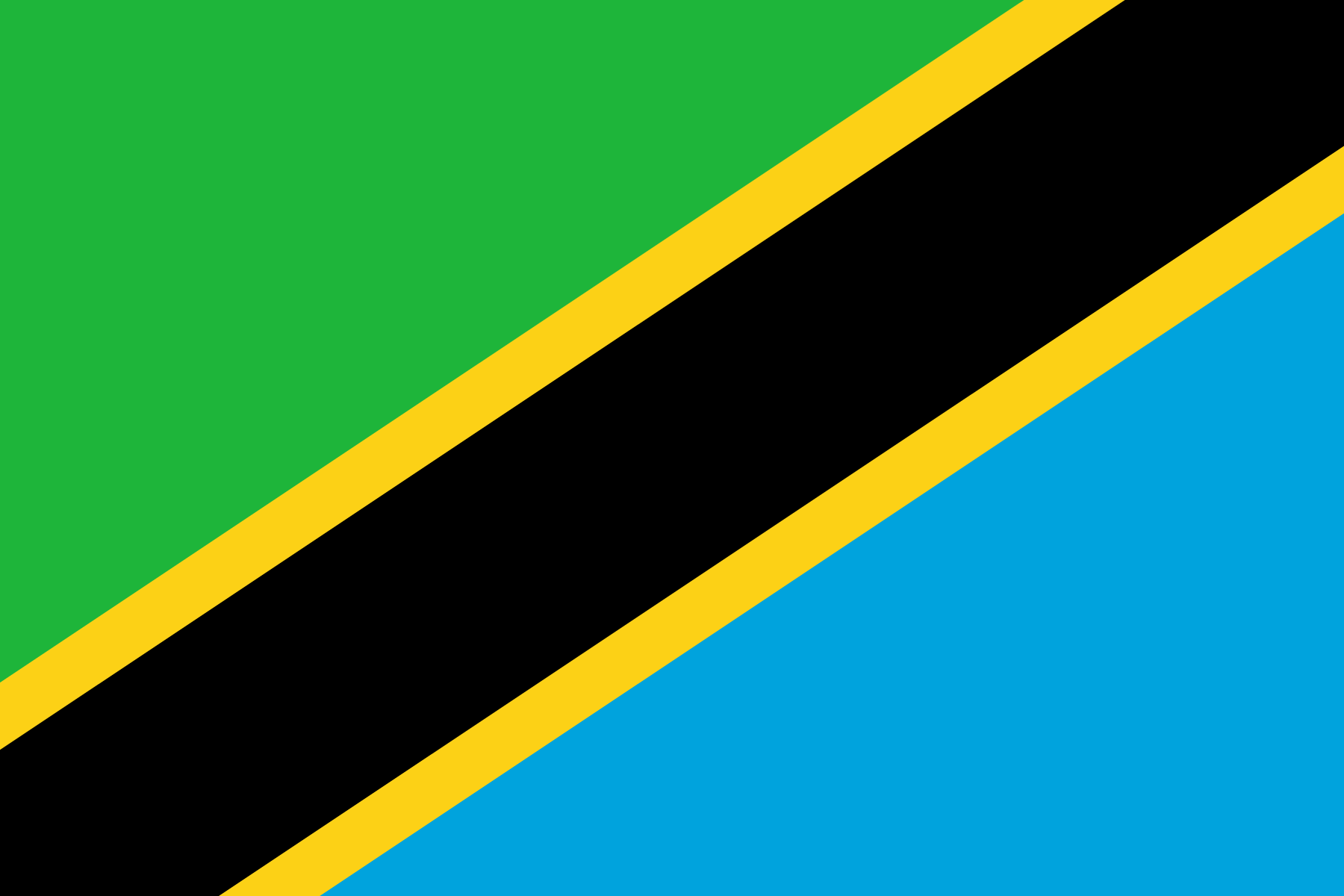See here for the Observatory on public policies for defenders by Protection International which follows national processes and compiles relevant analyses and updates.
Using this map
Clicking on a country will show basic information on the instrument. Through the country-details panel you can access a summary of that instrument as compared to the Model Law for the recognition and protection of human rights defenders, as well as a link to the instrument itself. Some countries have more than one instrument, such as where different instruments exist at different levels (national & provincial), where there are complementary instruments, or where different drafts have been prepared by different bodies.











































